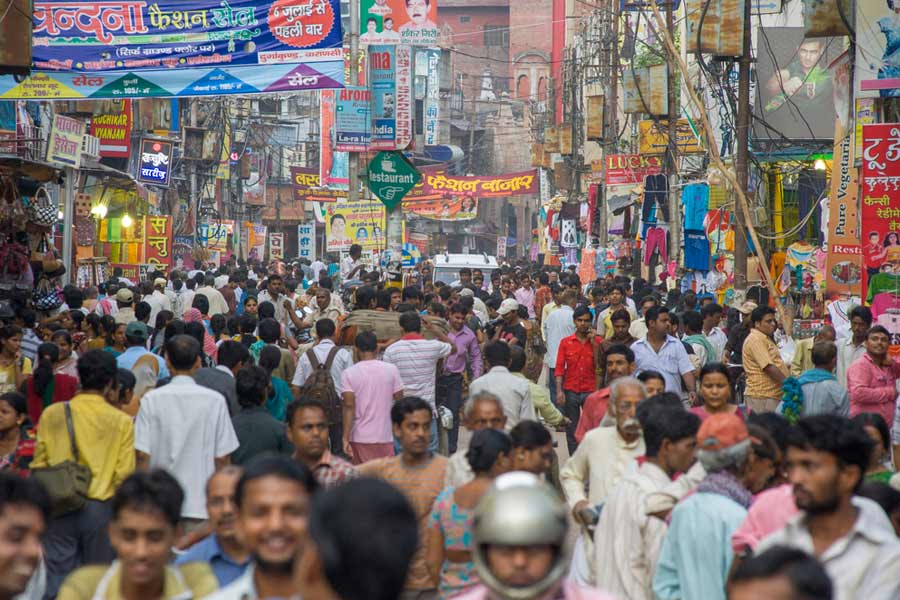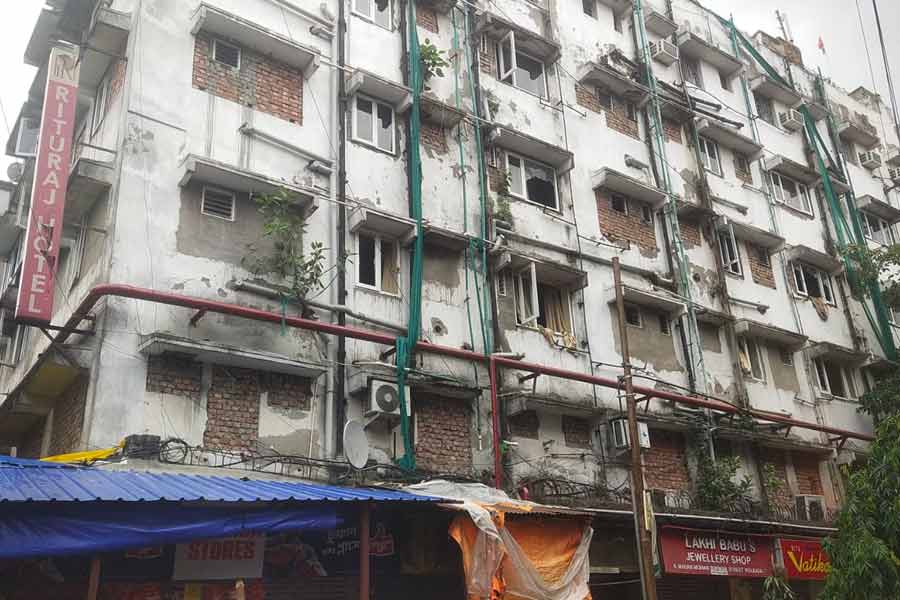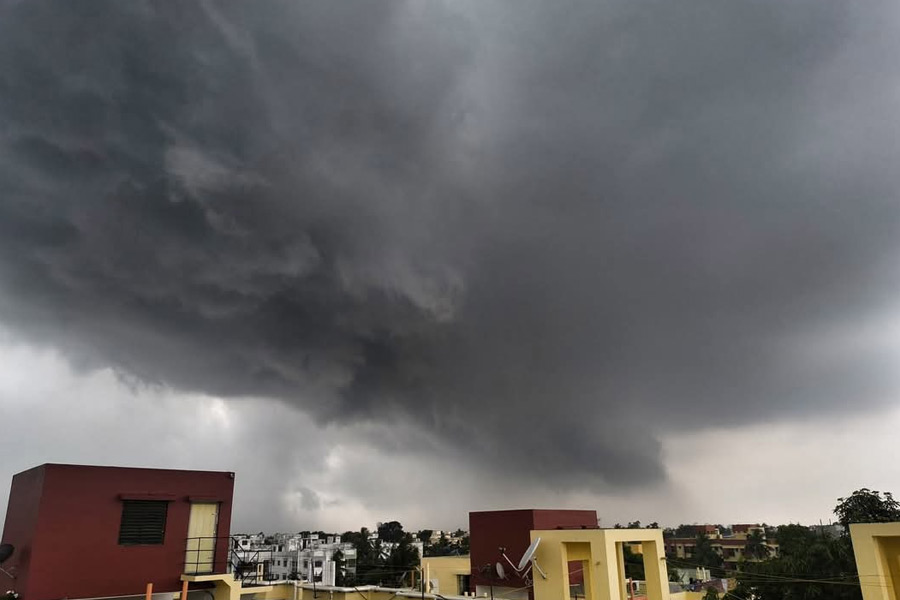 |
| A crocodile near a river in Simlipal. Telegraph picture |
Balasore, Feb. 1: A two-day census carried out in the Similipal biosphere on freshwater crocodiles revealed a marginal decrease in their number as compared to last year.
The census was carried out on January 19 and 20 in six rivers — West Deo, East Deo, Budhabaanga, Khairi, Khadakhai and Palpala — that flow through the sanctuary.
Despite a marginal decrease in the number, forest authorities said the variation was not worrisome and it could be due to the devastating floods last year. “The Simlipal environment is congenial for the crocodiles and their number is appropriate,” said Similipal Tiger Reserve field director Anup Nayak.
“The crocodiles generally come out of the water to soak up the sun rays in winter. During that period, the counting is done by direct sighting. The enumeration is also carried out by marks the reptiles leave on the surface,” said Nayak.
“We can’t count those in deep water…we believe that some crocodiles may have gone downstream in the aftermath of Phailin-triggered floods,” he said.
Apart from the core area of the Similipal sanctuary, Karanjia and Baripada forest divisions also undertook the census. While 60 reptiles were noticed in the West Deo and six each were sighted in the East Deo and Khairi rivers, four were found in the Khadakhai river. Three crocodiles were found in the Budhabalanga river and none were sighted in the Palpala.
Bhanoomitra Acharya, an honorary wildlife warden of Mayurbhanj, said: “The Similipal authorities should adopt a more scientific approach to count crocodiles.”










